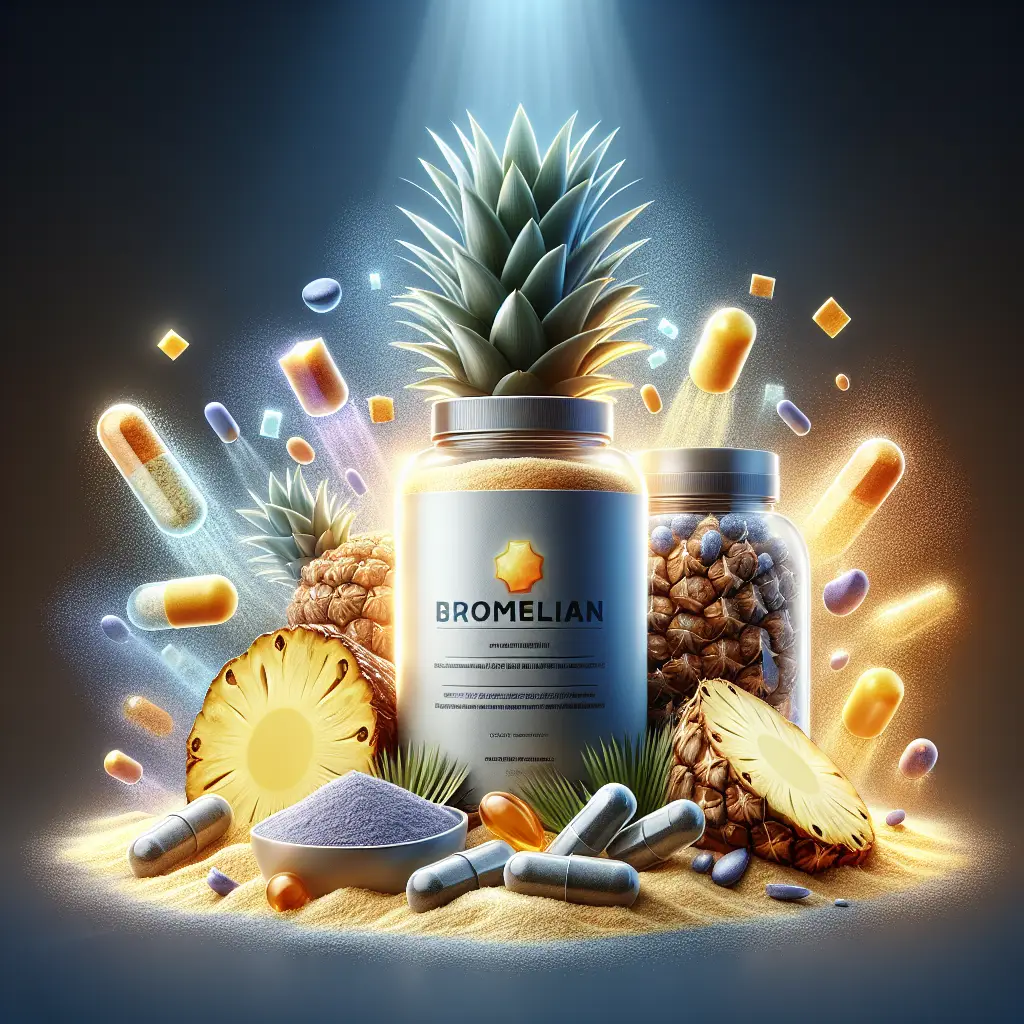Gut health and digestion are fundamental to overall well-being, as the digestive system plays a crucial role in nutrient absorption, immune function, and even mental health. A well-balanced gut microbiome, consisting of trillions of beneficial bacteria, helps break down food, produce essential nutrients, and protect against harmful pathogens. Efficient digestion ensures that the body extracts and utilizes nutrients properly while preventing discomforts like bloating, indigestion, and inflammation. Maintaining gut health involves a diet rich in fiber, probiotics, and prebiotics, along with proper hydration and stress management. A healthy gut is often referred to as the "second brain" due to its strong connection with mood and cognitive function, making it a cornerstone of overall vitality.
.
What is Apple Cider Vinegar? Apple Cider Vinegar (ACV) is a fermented liquid made from crushed apples, sugar, and yeast. Its origins date back thous…
Read more
What is Flax Seed? Flax seed, also known as linseed, is derived from the flax plant (Linum usitatissimum), which has been cultivated for thousands o…
Read more
What is Acacia Fiber? Acacia fiber, also known as gum arabic, is a natural gum made from the sap of the Acacia tree, primarily found in regions like…
Read more
Jerusalem Artichoke Fiber is derived from the tuber of the Jerusalem artichoke (Helianthus tuberosus), a plant native to North America. This fiber is…
Read more
What is Damiana? Damiana, scientifically known as Turnera diffusa, is a shrub native to the warm, arid climates of Mexico, Central America, and part…
Read more
What is Papain? Papain is a proteolytic enzyme derived from the papaya fruit (Carica papaya). It is known for its ability to break down proteins, ma…
Read more
What is Inulin? Inulin is a type of soluble fiber, specifically classified as a fructan, that occurs naturally in many plants. It is composed of cha…
Read more
What is Lipase? Lipase is a crucial enzyme primarily responsible for the breakdown of dietary fats into fatty acids and glycerol, enabling their abs…
Read more
What is Senna? Senna is a flowering plant belonging to the legume family, Fabaceae. It is native to tropical regions of Africa, the Middle East, and…
Read more
What is Burdock? Burdock, scientifically known as Arctium lappa, is a biennial plant that originates from Europe and Asia but is now found in variou…
Read more
What is Cellulase? Cellulase is an enzyme that breaks down cellulose, a complex carbohydrate found in plant cell walls. This enzyme is crucial for d…
Read more
What is Fennel? Fennel (Foeniculum vulgare) is a flowering plant species in the carrot family, native to the Mediterranean region. It has a long his…
Read more
What is Amylase? Amylase is an enzyme that plays a crucial role in the digestion of carbohydrates. It catalyzes the breakdown of starch and glycogen…
Read more
Papaya enzyme, predominantly known as papain, is a natural enzyme derived from the papaya fruit (Carica papaya). This fascinating enzyme has been uti…
Read more
What is Molybdenum? Molybdenum is a trace mineral essential for human health, playing a crucial role in various biological processes. It is a silver…
Read more
What is Fu Ling? Fu Ling, also known as Poria cocos or Poria, is a type of mushroom that has been used in traditional Chinese medicine for centuries…
Read more
What is Berberine? Berberine is a natural compound that belongs to a class of compounds called alkaloids. It is derived from various plants, most no…
Read more
What is Wormwood? Wormwood, scientifically known as Artemisia absinthium, is a perennial herbaceous plant that belongs to the sunflower family (Aste…
Read more
Understanding Graviola: Nature's Hidden Treasure Graviola, also known as soursop, is a tropical fruit belonging to the Annonaceae family, native to …
Read more
Aloe Vera: The Health and Performance Powerhouse Aloe Vera is a succulent plant that has been used for centuries in traditional medicine and cosme…
Read more
What is Lactobacillus? Lactobacillus is a genus of bacteria that plays a crucial role in digestive health and overall wellness. These are lactic …
Read more
What is Glucomylase? Glucomylase is an enzyme that is part of the amylase family. It specifically catalyzes the hydrolysis of glucosidic bonds in st…
Read more
What is Juniper? Juniper, scientifically known as Juniperus, is a genus of coniferous trees and shrubs in the cypress family (Cupressaceae). It is p…
Read more
What is Black Pepper? Black pepper, known scientifically as Piper nigrum, is a flowering vine cultivated for its fruit, which is typically dried and…
Read more
Bromelain: An Overview Bromelain is a group of digestive enzymes obtained from the stem and fruit of the pineapple (Ananas comosus). It has been wid…
Read more
Ginger Root: The Natural Powerhouse for Health and Performance Ginger root, known scientifically as Zingiber officinale, is a thick, knobby rhizom…
Read more
What is Capryl? Capryl, also known as octanoic acid, is a medium-chain fatty acid (MCFA) that is naturally found in coconut oil, palm kernel oil, an…
Read more
Understanding Slippery Elm: Nature's Soothing Secret Slippery elm, scientifically known as Ulmus rubra, is a deciduous tree native to North Americ…
Read more
Psyllium husk is derived from the seeds of the Plantago ovata plant, which is native to India and other parts of Asia. It is composed mainly of solub…
Read more
Understanding Fiber: The Unsung Hero of Nutrition Fiber is a type of carbohydrate that the body cannot digest. Unlike simple sugars and starches, …
Read more




